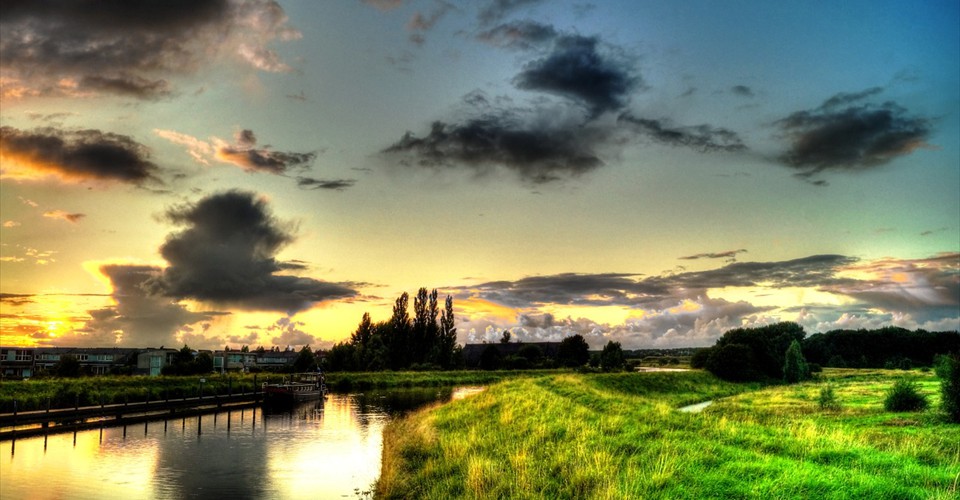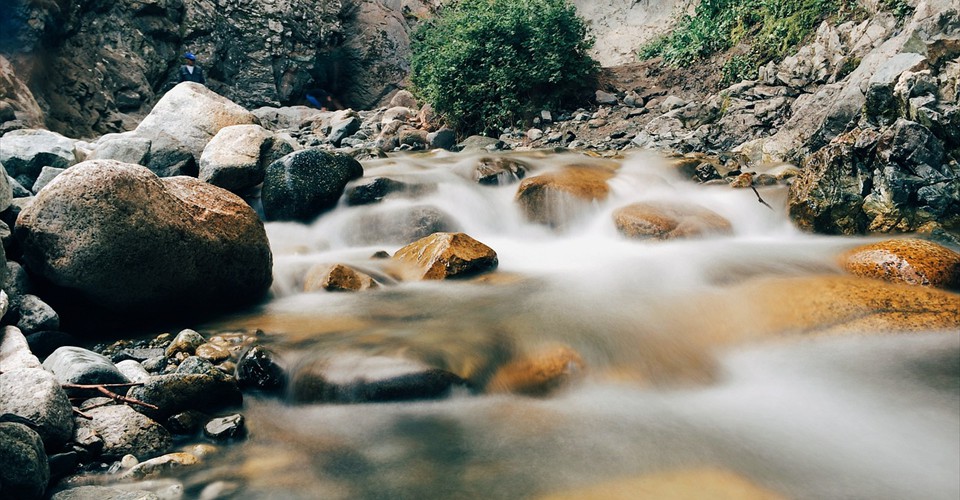And the Teesta Flows
A Book Review
And the Teesta Flows is a famous book authored by the passionate photographer and the pharmaceutics couple from West Bengal. It is the biography of a mountain river born from the icy womb of Glaciers – The Teesta who reflects the soul of the author and how much he loves to the Teesta. The book is written in the diary, sketch the passage of the river from its origin, Tso Lhamo nearly 17,210 feet from the sea level in Northern Sikkim, to the point where it blends with the huge flow of Brahmapurta and merge towards the Bay of Bengal.
The book also encompasses the diversity of the nature and the humanity lies in her course. As apart of keen and curious observation, the book reflects the contrast as well as parallels between the cultures of different communities that live along the river. It is the wide arena of socio-cultural structure of Sikkim and North Bengal. The concept of the formation of book was born with the unfortunate loss of their child, a daughter named after the river. The passionate of rock climbing and photography become subjected to write a book on tribute to their child named Teesta whose springs was dusk in her early age of thirteen because of pernicious disease.
The Chapter names- "The birth of Teesta"- "The growing Girl", and "the lady"- Further serve to emphasize the resemblance of her presence in abstract. The book is perfectly compiled with the numerous photographs of the places that the authors took while writing the book. The colours of diverse photography flourished the extend meaning of the book having its worthy ever. An interesting observation that will come across to the reader through the book is the hospitality of the people from where they travel throughout the journey. The book presents the Teesta as an emblem for life. It is not just a river anymore, the canvas they sketch with aliveness together born a new baby again whispering for them with the same loveliness which they lost some year before.
It resemblance the life sketch of human like the morning, the days, the evening and finally disappear in the mouth of infinitive Sea, embracing the arms of forgetfulness, as the end of the life. I have turned each pages of the book to explore the story of Dawn and Dusk of the Teesta, the incredible journey from the icy glaciers to the infinitive Sea and the liveliness of the little daughter.
The book is also the
reflection of mother's love, Father's devotion and the nature grievance,
parallel to the human life. It is too the story of birth, childhood and
womanhood of the female whose life blends with the Himalayan desert, hard rock,
ferrous hills, crossing the stable plans to the mouth of sea to mingle with the
final sleep. The book's foreword is written by the novelist Kunal Basu. It is
available in all the leading bookstores at the price of Rs-1495.
Kumar Sargam
Former Guest Faculty (Assistant
Professor)
Department of Music
Sikkim University














